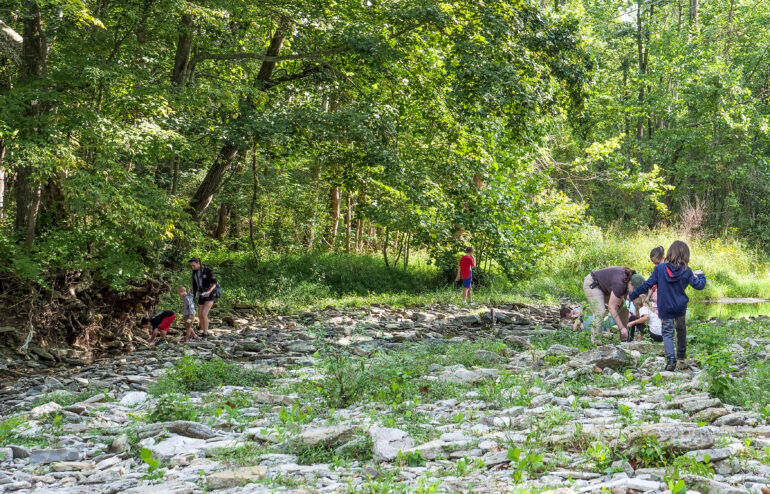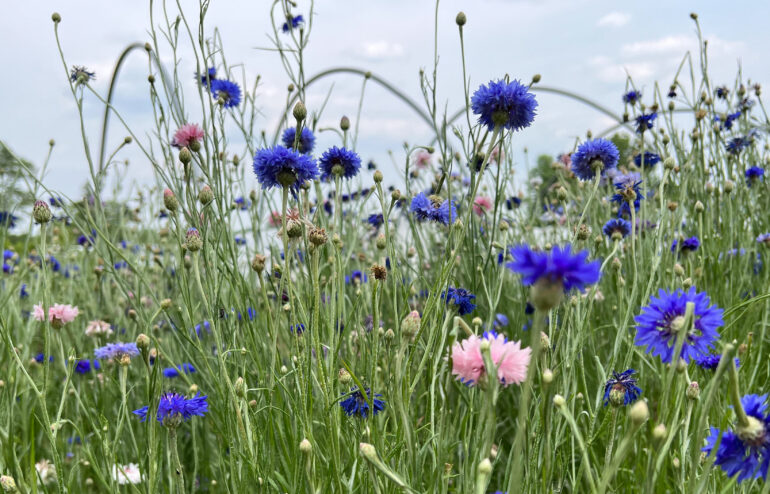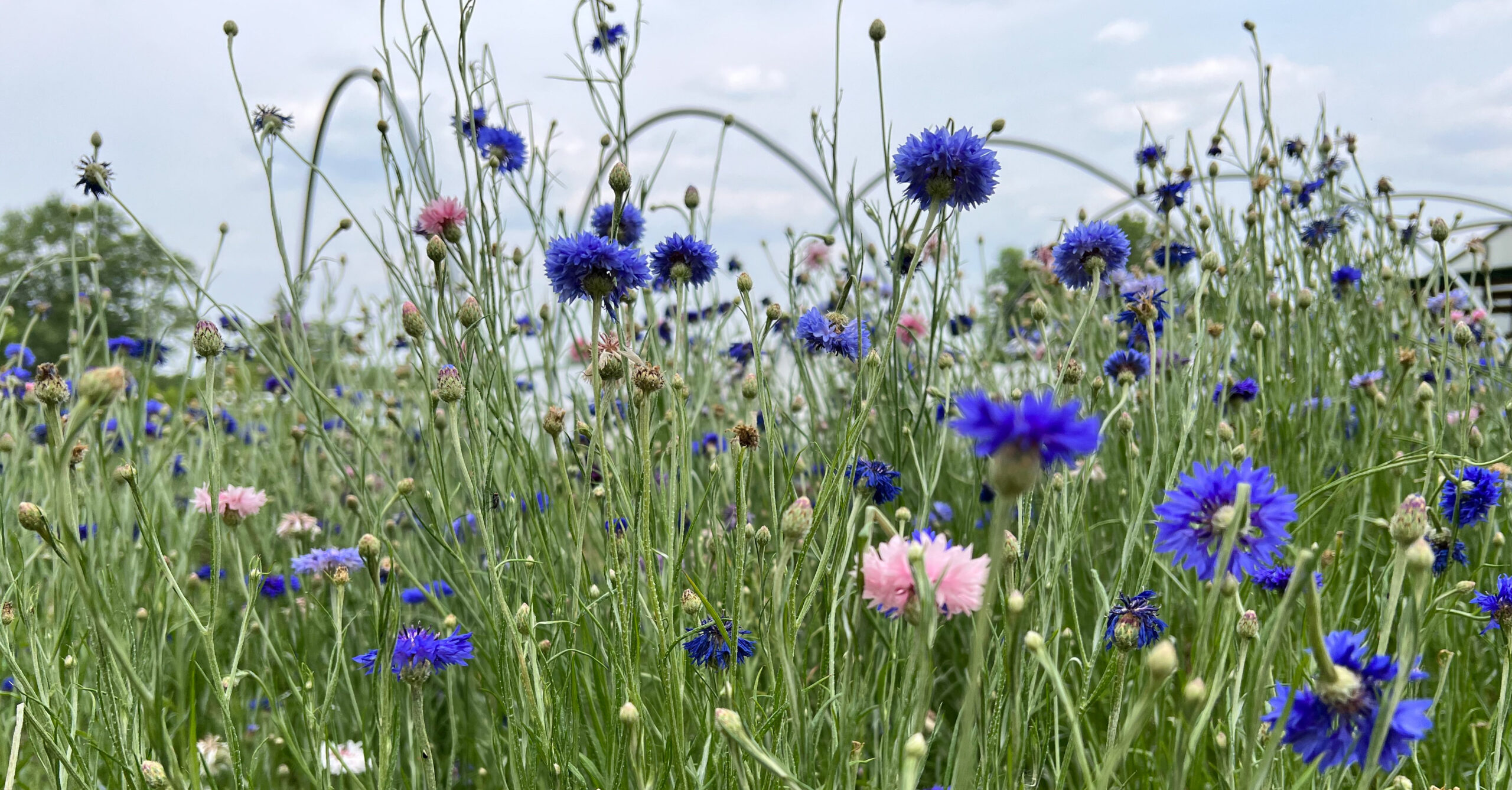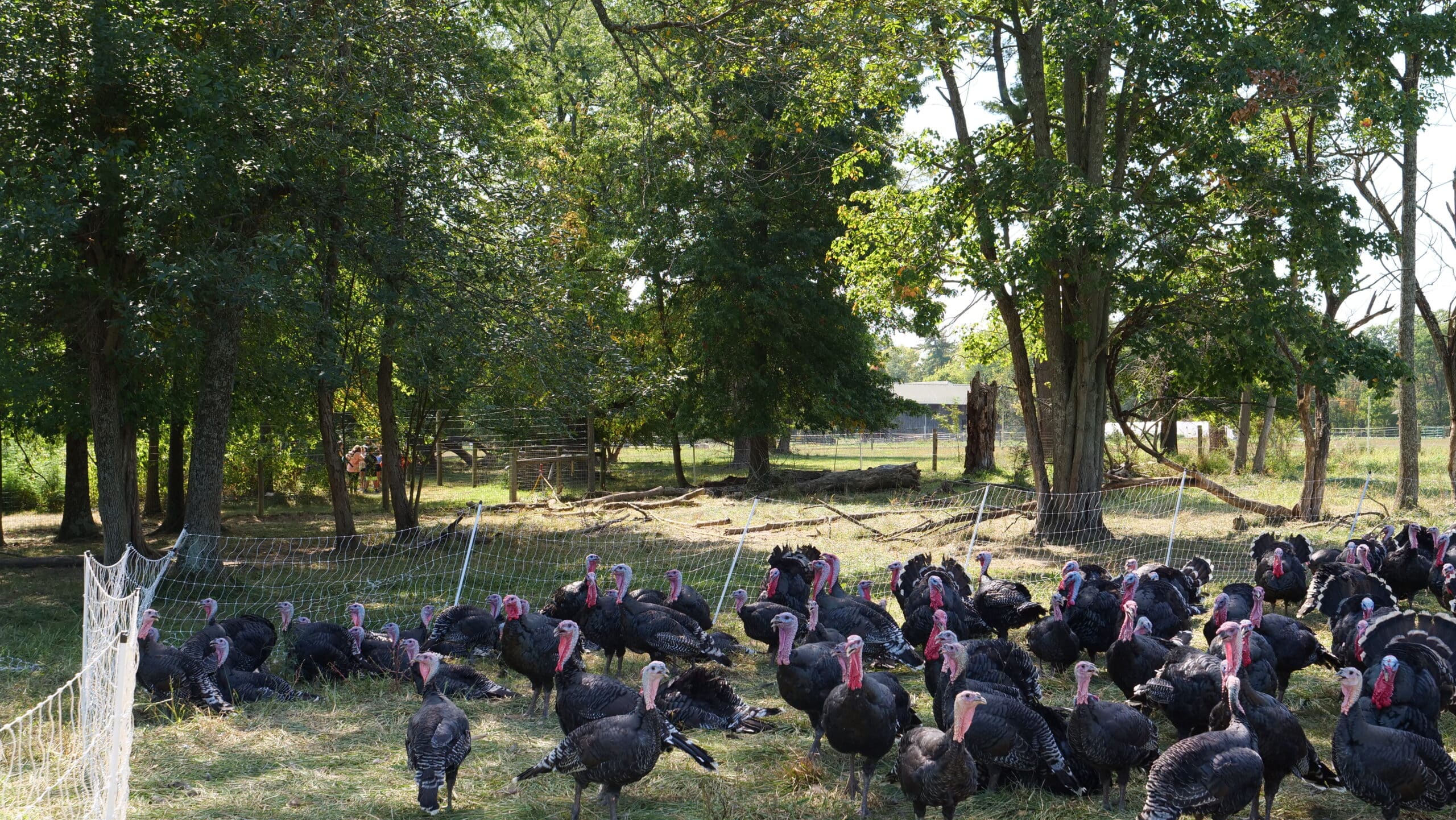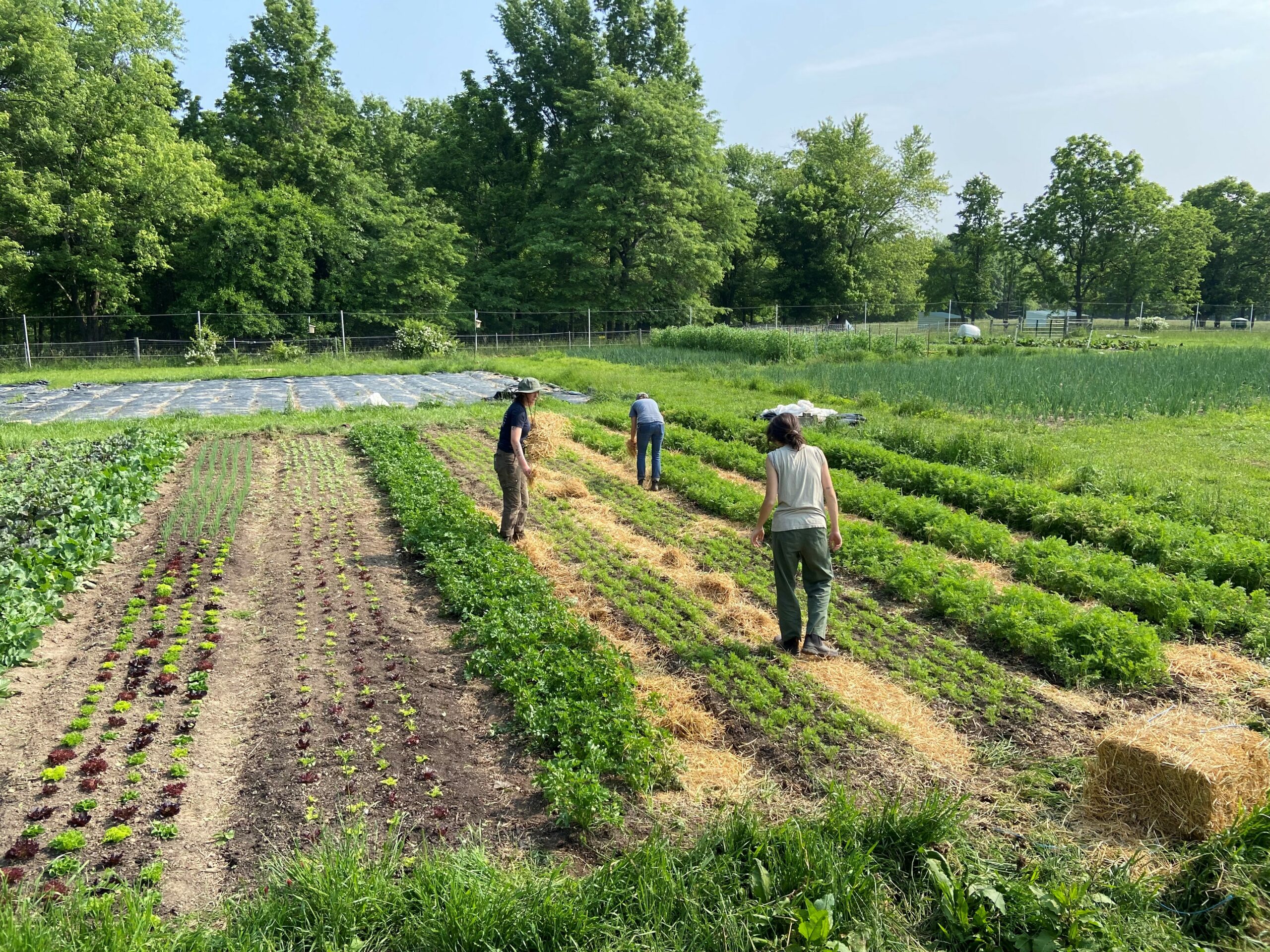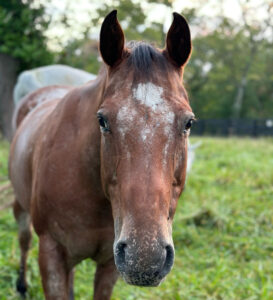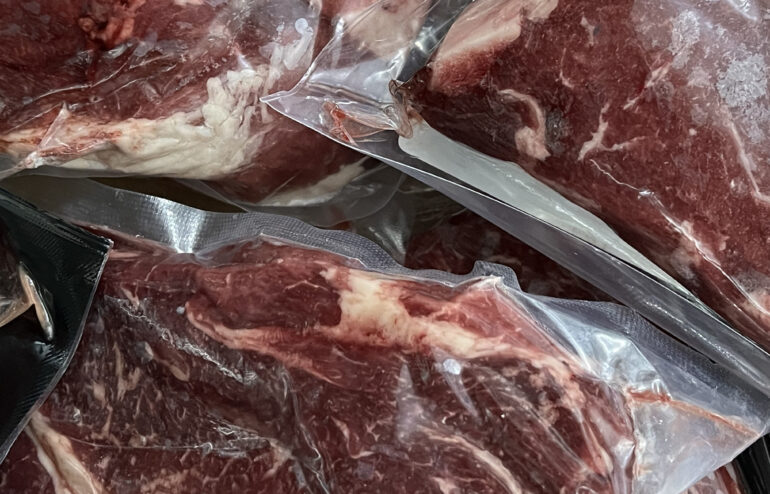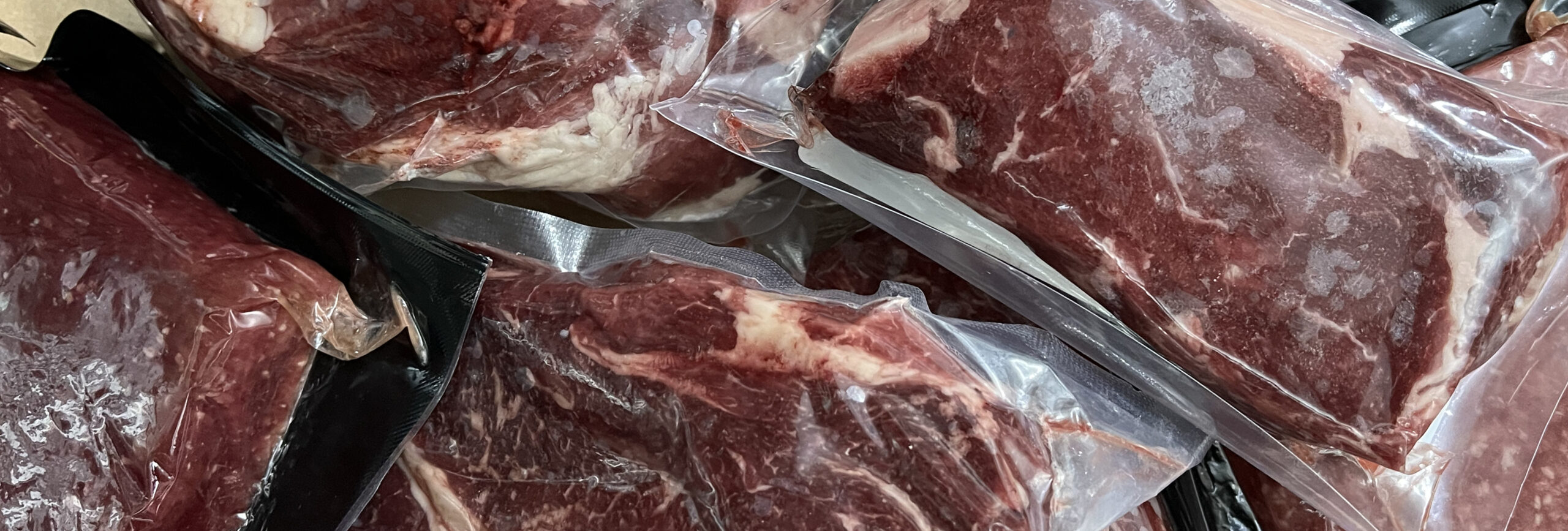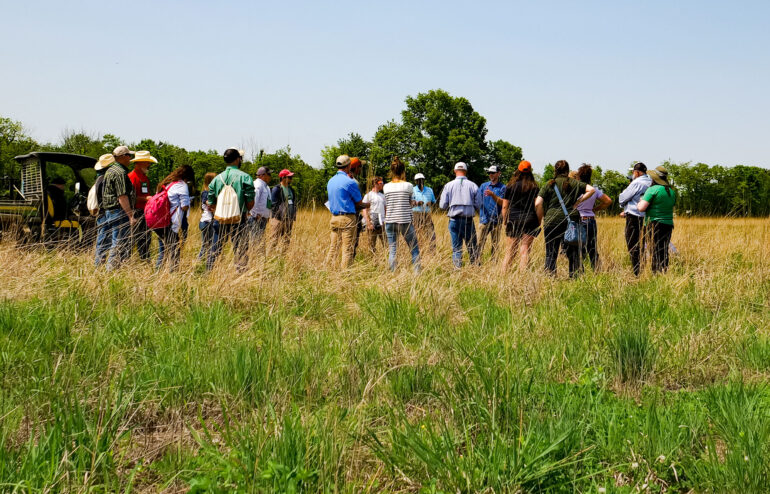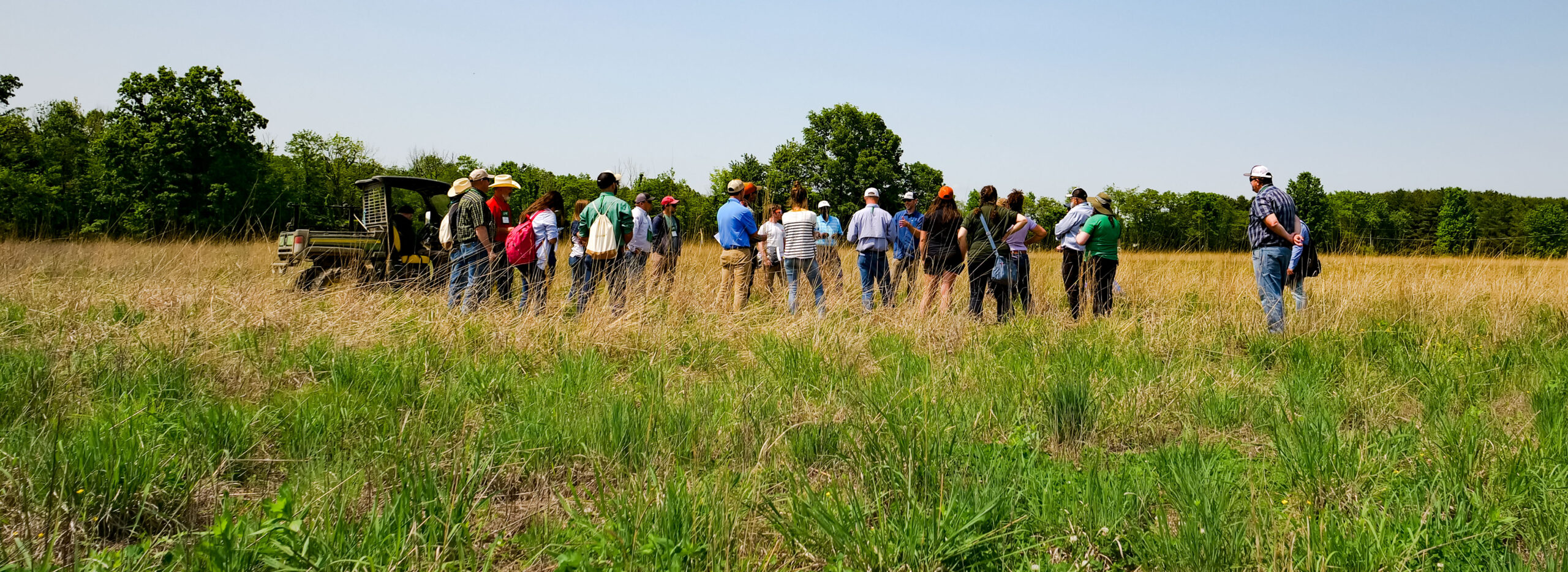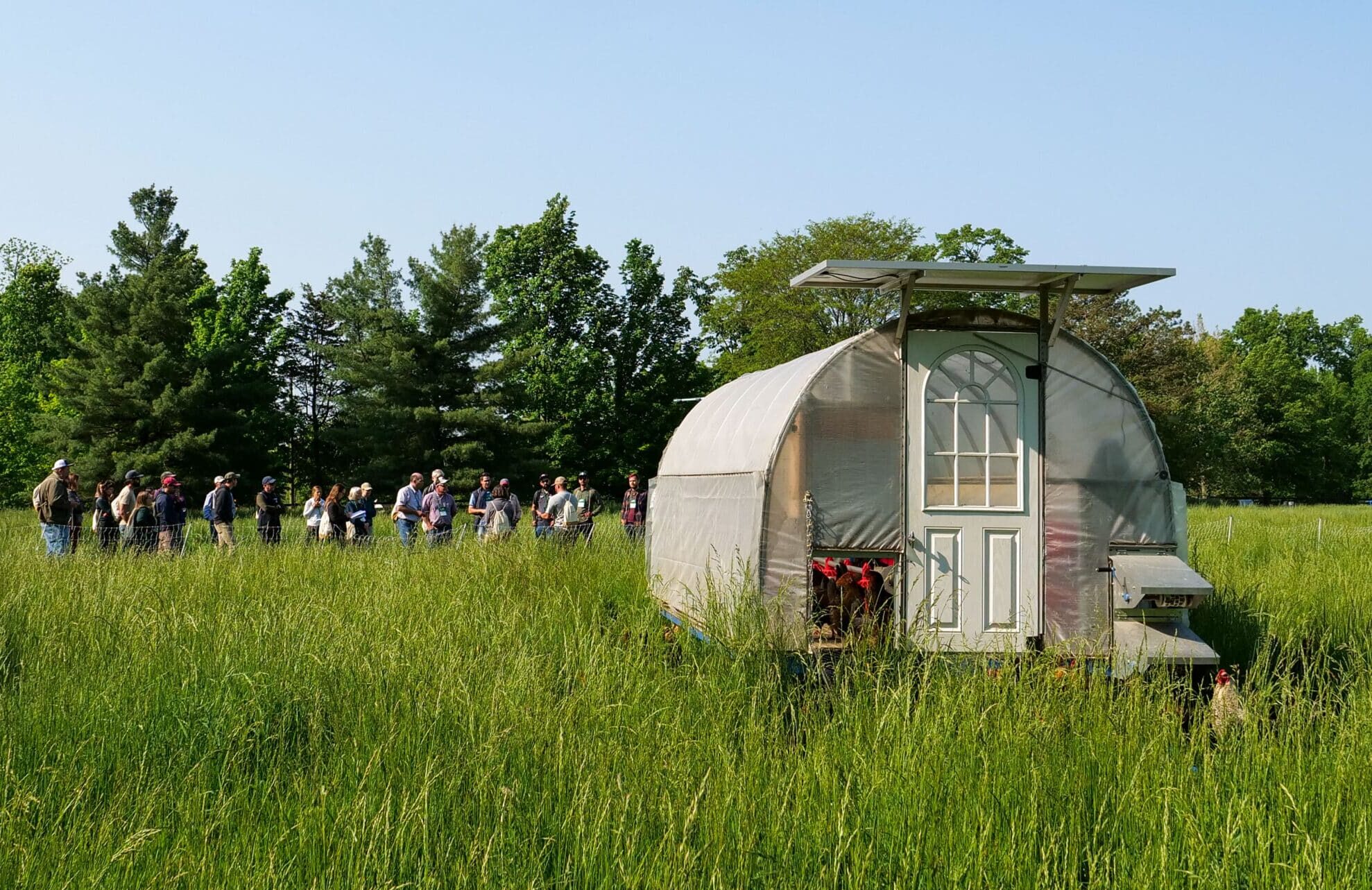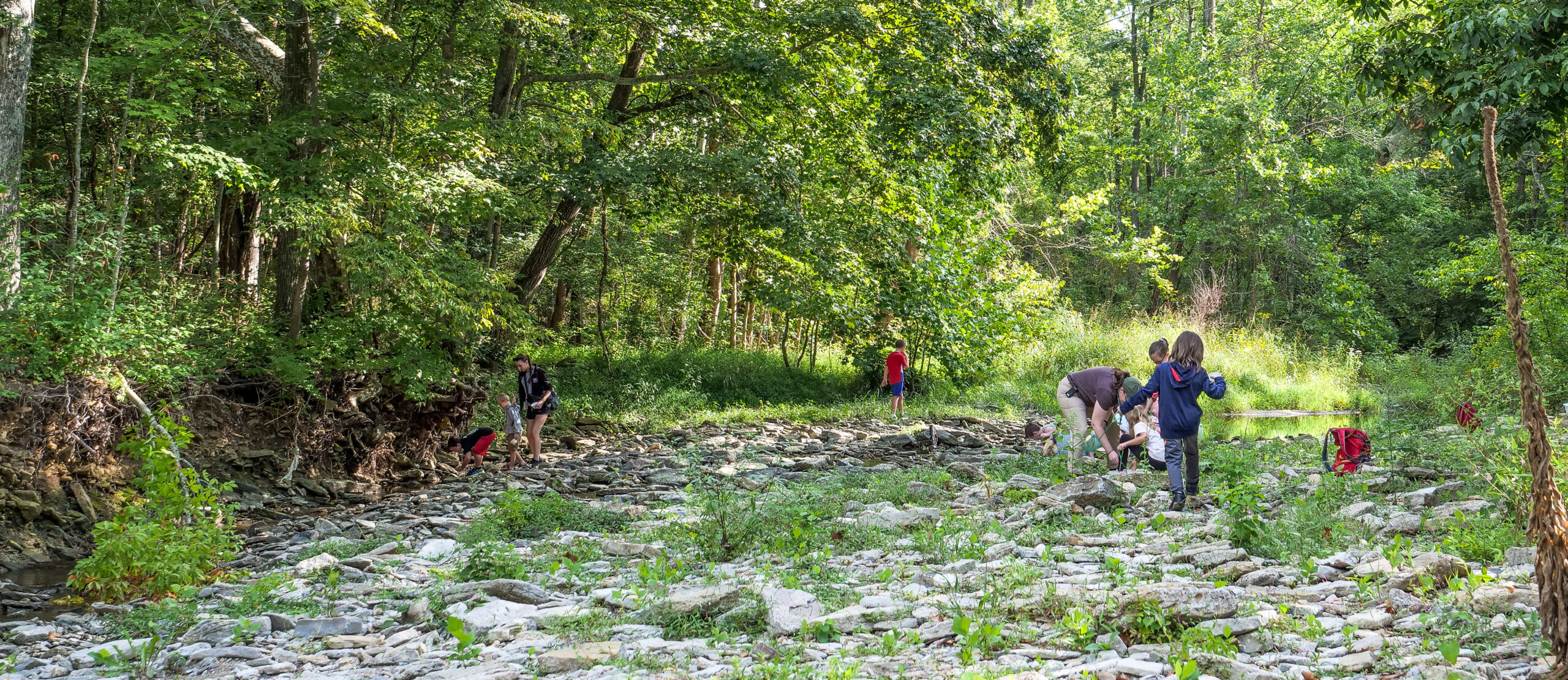
Discover Together – Fall 2023
Back to Exploration: Field Trips Kick off Again
It has been a pleasure welcoming you and your students back to Greenacres. We have already hosted some wonderful groups this year and are looking forward to seeing many more of you. Space is still available, click here to register for your free field trip. If you have an upcoming field trip scheduled, please make sure you plan and book your transportation. As a reminder, for qualifying organizations, we offer a reimbursement program. Your group must meet the following criteria:
- Be one of the following 501(c)(3) types: Public, private, community, or charter school or a recognized child welfare organization.
- Your attending group receives Title I funding or 80% free/reduced lunch.
- Group of children under the age of 18 with accompanying adults.

To learn more and apply for bus reimbursement, please visit this page. If you have any questions, reach out to our education coordinator, Bethany.
If you haven’t browsed our available programming lately, we encourage you to check it out. You can find a full list at Greenacres Field Trip Programming.
Meet Lori Dorn: Educator and Site Supervisor at Greenacres Miami Township - Clermont County
Greenacres has renamed our Water Quality Education Center to Greenacres Miami Township – Clermont County to better reflect the diverse programming offered at this facility. If you missed this update, you can learn more here. Our site supervisor, Lori Dorn, has been instrumental at this location for several years, helping it become a popular field trip destination for students and teachers alike. We asked Lori to share some insights about what she enjoys most about working here.
Q: How long have you been an educator at Miami Township Clermont County?
A: I began my career as a classroom teacher but working at Greenacres allows me to be outside and share my love of the natural world with students. I have been with Greenacres since 2016 when the Miami Township Clermont County building first opened its doors for programs. I have watched the programs and attendance grow as the years go by.
Q: What do you love about this education site?
A: Part of what I love most about what happens here at Miami Township Clermont County is that as educators we have a hand in creating educational assets for programming. We take our natural space and work to make education “wow” moments happen.


Q: What do you want first-time visitors to know before coming for a field trip?
A: We have access to two creeks as well as 70 acres of forested areas. We love to give students the opportunity to see nature up close, including macroinvertebrates in the water and animals and insects in the forest. My favorite part of teaching outdoors is taking a group who may be a bit hesitant about walking in the forest at first but then seeing them exploring and enjoying nature by the end of their time.
Q: What are some of your favorite programs that are offered at Miami Township – Clermont County?
A: I love rocks and the stories they tell us about our landscape. Programs that relate to geology, fossils, and soil are some of my favorite programs because we can see many in the creeks and landscapes around our Miami Township site.
Program Highlights
Everyone has a favorite Greenacres’ field trip, but the opportunities for students to explore is truly broad. As the seasons change, so does our offering of educational adventures. Here are some of our top picks we enjoy in the fall.
Grades K-3 – All About Birds
- All About Birds – Birds are perhaps the easiest wildlife to observe. Birds have many unique adaptations, which allow them to be found in many different habitats. We will use our observation skills to find birds of all shapes, sizes, and colors as we hike around Greenacres.
Grade 4 – Weathering and Erosion
- Weathering and Erosion – In Ohio, our rivers and streams tell a story. Changes in the landscape are caused by weathering of rock and soil, and by transportation and deposition of sediments. Students will explore the process of erosion and look for signs of weathering here at Greenacres.

Grades 4-8 – Maps and Topography
- Maps and Topography – Maps come in all shapes and sizes and they are useful in many different ways. Students will explore how land surfaces are represented on different styles of flat and topographic maps as well as how different maps are used.
Grades 9-12 – Water Quality
- Water Quality – The health of a stream can be assessed in several different ways. Students will perform chemical, physical, and biological studies of a local Greenacres stream, and make conclusions about water quality and impacts of human activity on surface waters.

